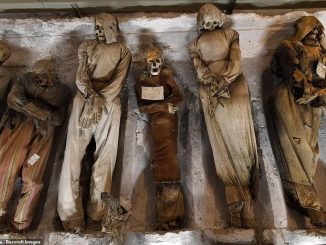Nestled amidst the picturesque landscapes of Tuscany, Italy, the Ponte della Maddalena, or the Bridge of the Devil, stands as a silent witness to centuries of history. Spanning the serene Serchio River near the town of Borgo a Mozzano in the Province of Lucca, this medieval marvel has not only served as a vital river crossing but also holds a plethora of tales within its ancient stones. Join me on a journey through time as we unravel the archaeology and history of this remarkable structure, delving into its origins, renovations, and the myths that shroud its existence.
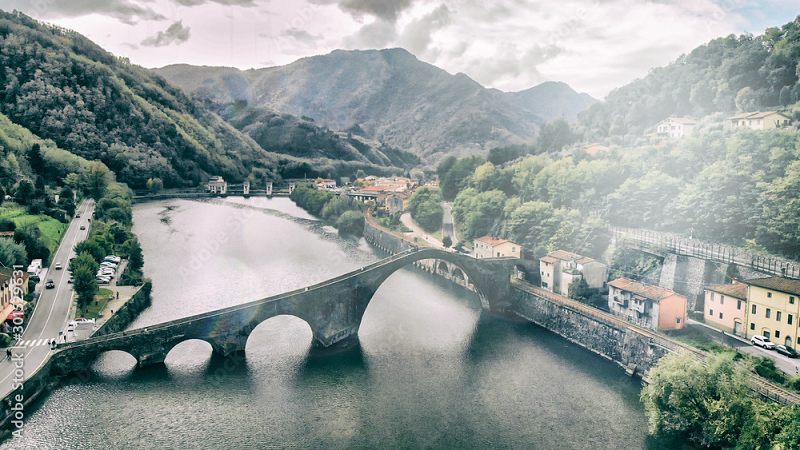
A Testament to Medieval Ingenuity
Built between 1080 and 1100 CE, the Ponte della Maddalena is a testament to medieval engineering prowess. Positioned strategically on the Via Francigena, an ancient road connecting France to Rome and serving as a crucial pilgrimage route during the medieval period, the bridge facilitated the passage of countless travelers, pilgrims, and traders. Commissioned by Countess Matilda of Tuscany, a prominent figure in medieval Italy, its construction marked not only a practical necessity but also a symbol of power and influence.
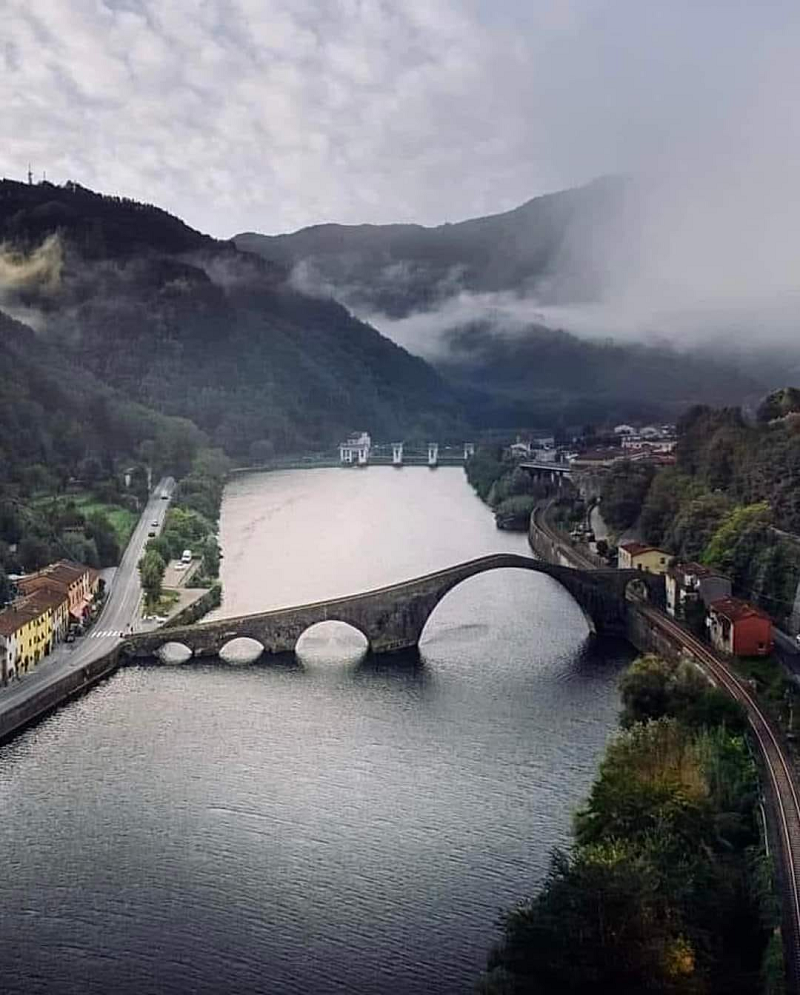
Renovations and Reinforcements
Throughout its long history, the bridge has undergone several renovations to ensure its longevity and structural integrity. In the 1300s, under the direction of Castruccio Castracani, a notable military leader and ruler of Lucca, significant renovations were carried out, including reinforcing the bridge’s foundations and enhancing its overall stability. Despite these interventions, the bridge has managed to retain much of its original medieval charm, with its distinctive arches and sturdy stone construction standing as a testament to the craftsmanship of its creators.
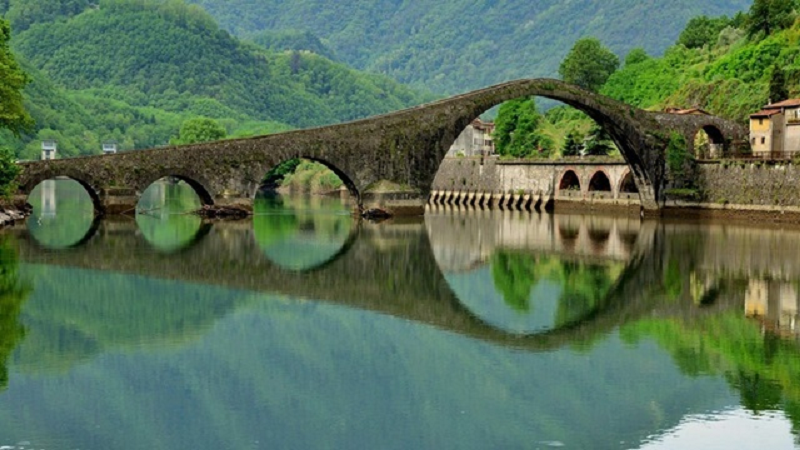
Myth and Legend
Like many ancient structures, Ponte della Maddalena is shrouded in myth and legend. One of the most enduring tales surrounding the bridge is its association with the devil. According to local folklore, the bridge’s construction was so challenging that the builders sought the help of the devil himself, who agreed to lend his assistance in exchange for the soul of the first living being to cross the bridge. However, clever locals outsmarted the devil by sending a dog across the bridge first, thereby foiling his plans and earning the bridge its ominous moniker.
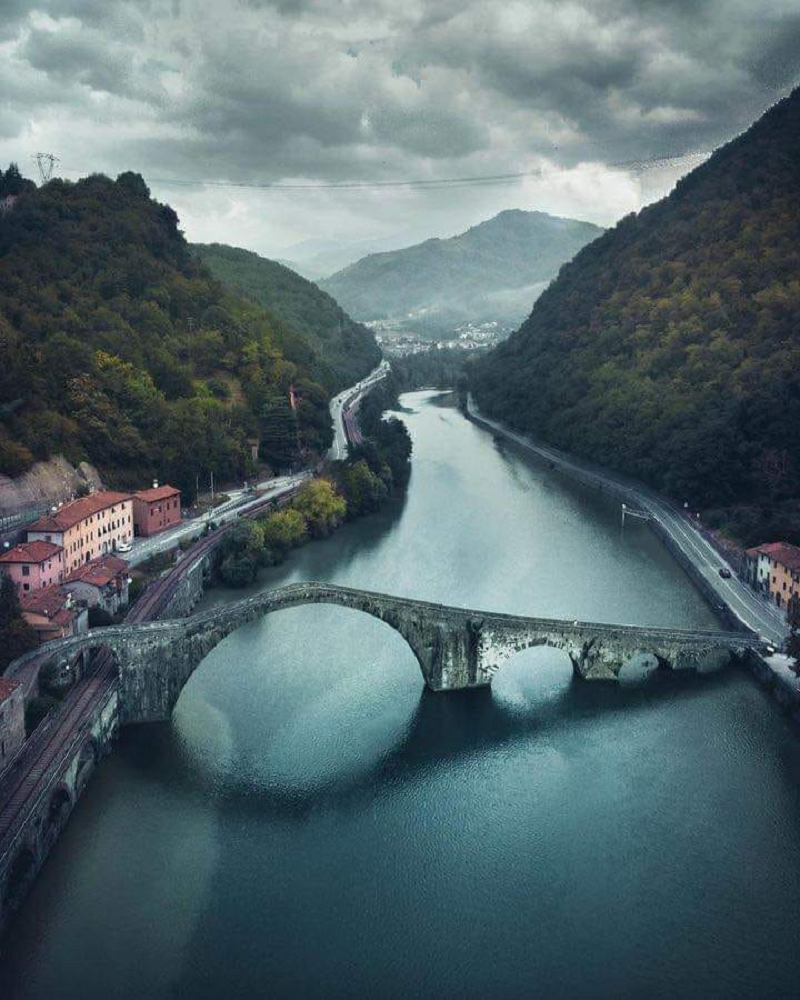
Preservation Efforts
Despite its resilience, Ponte della Maddalena has faced threats over the centuries, both natural and man-made. In 1670 CE, the General Council of the Republic of Lucca issued a decree prohibiting the passage of heavy millstones and sacks of flour over the bridge, a measure aimed at preserving its delicate structure. Today, conservation efforts continue to ensure the bridge’s survival for future generations to admire and appreciate.
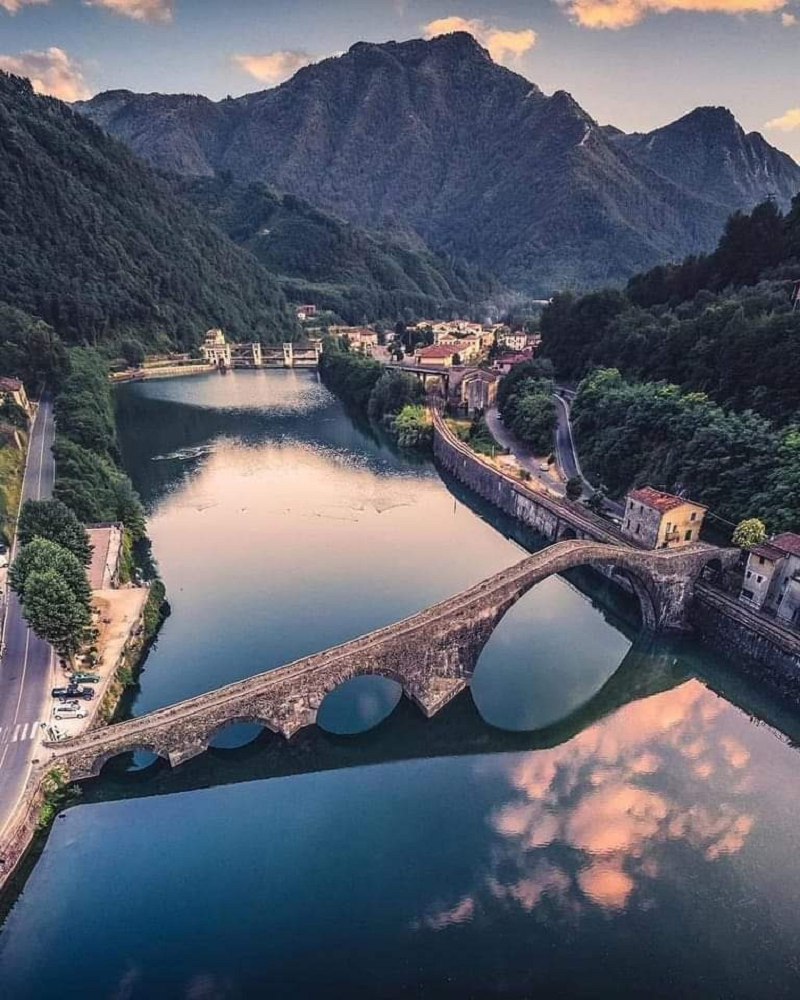
Conclusion
As we conclude our journey through the archaeology and history of Ponte della Maddalena, we are left with a profound appreciation for this ancient marvel. From its humble origins as a vital river crossing on the Via Francigena to its enduring presence as a symbol of medieval ingenuity, the bridge stands as a testament to the resilience of human craftsmanship and the enduring spirit of exploration. As visitors stand upon its weathered stones and gaze out over the tranquil waters of the Serchio River, they are transported back in time, connecting with the countless souls who have traversed its arches throughout the centuries. In the heart of Tuscany, the Bridge of the Devil remains not only a physical structure but also a gateway to the past, inviting us to unravel its mysteries and discover the stories it holds within its ancient stones.


